Oh 28mm how you have vexed me over the years.
While using Sony mirrorless bodies back in 2014 I ventured into trying rangefinder lenses to make a smaller, lighter kit – one of the reasons I have been a long-time fan of the 35mmc community is the ‘bigger is not necessarily better mentality’ here. I started with a Minolta M-Rokkor 90mm/4, and soon followed with a Voigtlander Color-Skopar 28mm/3.5 ,also from the film-era. Well, those were the gateway rangefinder-lens drugs to switching to rangefinder bodies, but I digress.
I had a lot of fun with those lenses, but the Color-Skopar threw purple smearing along the sides of the frame at times on my Sony bodies, and I would just not use it often as I tended towards the 35mm focal length as really like the straight forward presentation without distortion. Felt like if I’m going to go wide, and have a bit of distortion, then really go wide to 24mm or wider. In 2017 I had the incredible opportunity to buy a set of well used Leica lenses for a very good price as several needed repairs, and it included a Summicron 28mm ASPH. So I went really wide and traded the 28mm Color-Skopar for a Voigtlander Ultra Wide-Heliar 12mm/5.6 ASPH III.
However, I sold the Summicron a little over a year later, after getting it repaired, to fund buying used Voigtlander Color-Heliar 75mm/2.5 MC, Zeiss 35mm/2.8 ZM and a Nippon Kogaku Nikkor 10.5cm/2.5, and still have a chunk of money left over.
“You did what?!?!?” – I can hear all the Leicaphiles saying.
The Summicron 28mm ASPH was an incredible lens, but on the larger side, for rangefinder lenses, so that counted against my desire for smaller kit, and it had some viewfinder blockage. And I just could not justify the value vs. the amount I used the focal length. Also, I don’t value fast apertures as I prefer including context in focus in my reportage work. However, within a year while I was trying to zone focus a farmer dumping seed corn up and down his seeder the 35mm was just not working as the depth of field (DOF), even stopped down was not enough, and I was wishing for a 28mm again LOL (insert face-palm emoji).
I immediately went looking and found a used Avenon 28mm f/3.5 LTM, but after awhile it developed focus issues and I was not impressed with the build quality of it, so got ride of it. That was over five years ago, and when I have wanted to photograph using zone focused I reach for a 24mm, but kept thinking about a 28mm for less distortion, and then I could use the rangefinder’s frame lines. So when given the opportunity to try the Brightin Star 28mm/2.8 XSlim Pro-M for review I jumped at the chance.
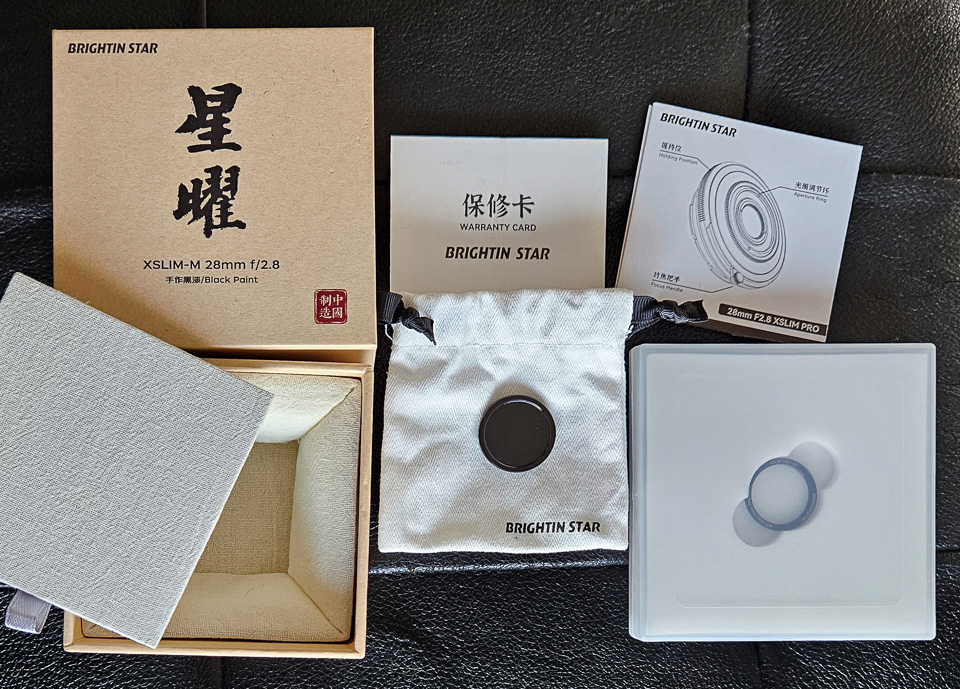
Brightin Star 28mm f/2.8 XSlim Pro-M Overview
The Brightin Star 28mm f/2.8 arrived in this nice cloth bag at center, in the box at left, with a metal lens cap. UV filter is sold separately. I’ve never had a lens with a metal screw on lens cap and thought it could be pretty cool, but soon found it too slow to take on and off while out photographing, so switched to using their 25.5mm filter as a “clear lens cap.” The box for the filter I assume is some standard size, but waaaaay too big for small bags, so found the metal cap or filter will fit in a plastic SD card case, and I’m using that now.
From what I wrote above you can tell small size, build quality, image quality on digital, and zone focusing are my priorities. Oh my! On the first point, this Brightin Star is tiny. It does not even stick out a centimeter, which is less than my camera grip. So bonus that it is so non-threatening for candid work, and has no viewfinder blockage.
With this small size comes a tiny aperture ring, but it has worked alright for me so far, even when wearing my winter cycling gloves while finding images out in the cold weather. Not saying the aperture ring is stupendous to use, but a compromise for the tiny size that still works. I do wish it had click stops, but so fare the clickless aperture ring has not been an issue, and if it had indents it might have been too difficult to turn.
Along with bigger is better, I also don’t buy heavier (denser) is better, or as any indicator of build quality, and along with small size, lighter is better in my book. While this lens does have some weight (125g) since a brass body, it’s so small that I don’t find it obnoxious. So far all the rings turn smoothly, and most importantly no focus calibrations were necessary. Don’t try to grip the focus handle – I found best to just place a finger over it to move it.
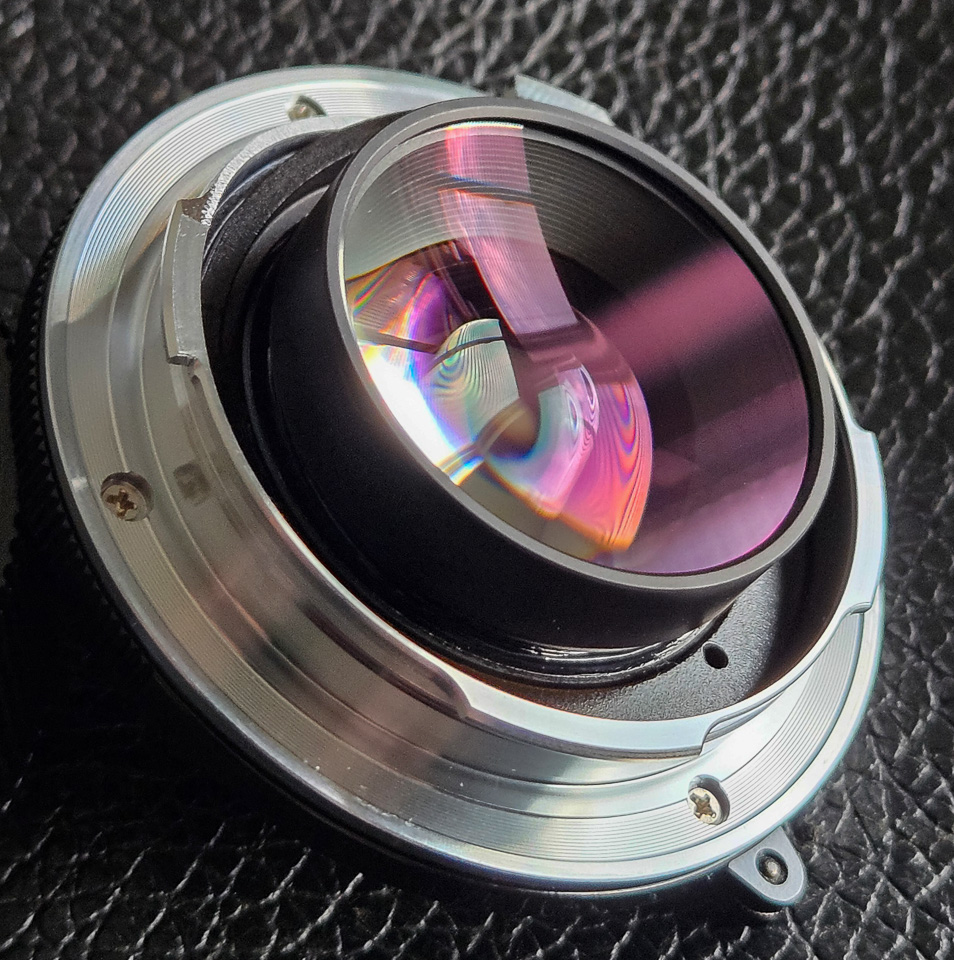
There can be just a bit of glow when used wide open, but goes away at f/4. While sharpness can never be described as bitingly sharp, it seems plenty sharp and so far I’m happy with it. Also, that was not Brightin Star’s aim; “premium image quality and performance among similar lenses” and what I have read from the pixel peeping comparisons they accomplished that. Brightin Star shows on their website that the black-lacquer paint finish can wear at the edges to brass if you like that patinaed look. Other specs include; nine aperture blades, 2.3’/.7m minimum focus distance and has f/2.8-16.
As 35mmc founder Hamish Gill has done in the past, this is not going to be a technical, pixel-peeping review of the Brightin Star 28mm f/2.8, but more about every day photography with this lens. Bastian Kratzke has a very good technical review on phillipreeve.net if you also want those pixel-details.
I saw some vignetting wide open at times as seen in the right side of the railroad signal image below, but never found it distracting. It mostly disappears by f/4. And according to that technical review it is a lot less than other 28mm lenses, even three times the price, partly due to the large rear element (left). A lens design approach I believe first used in the mid-50’s by Nippon Kogaku on the legendary W-Nikkor 3.5cm/1.8.


The other compromise for the small overall size, and perhaps price, of the Brightin Star 28mm f/2.8 is the field curvature where the edges of the frame are never completely sharp at the same plain of focus as the center as seen in this black and white – click it to see it larger. Or at times the edges fall back into focus like the building in the background on the right of the railroad crossing image above, and the “coffee” lettering on the bag on the far right below. Bastian found it has “mostly uniform barrel distortion” and +9 in Lightroom/Lens Correction/Manual/Distortion fixes it well. I did a quick test and have to agree, so all photos taken with this 28mm in this article have that Lightroom adjustment applied. I’m showing beyond the edges of the frame below so you can see how much will need to be cropped off (the white edges) when using +9. All other photos in this post have this cropped out.
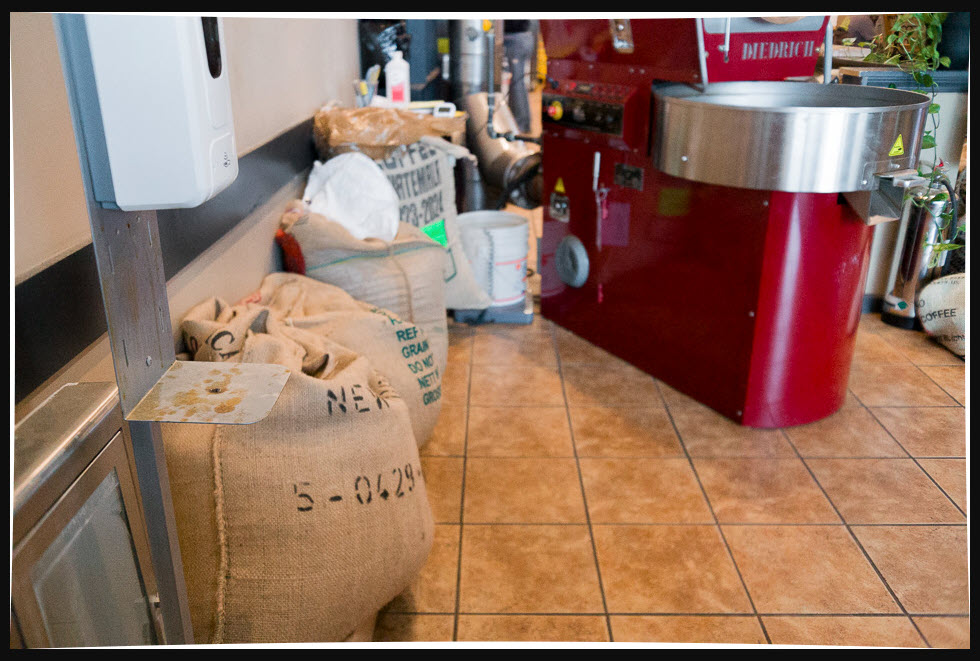
Every Day Use on a Leica M11
Having not used a 28mm in awhile on a rangefinder I was caught by how far to the edge are the frame lines in the viewfinder. You have to look around the edges when critical framing, and you really get none of the benefits of seeing beyond your composition that a rangefinder usually provides. What the Brightin Star 28mm/2.8 XSlim did provide, and it surprised me a bit, was pushing me out of my normal photography routines. I think because I came to photography first as a 4-H project, then High School Yearbook and then worked as a photojournalist I usually photograph within projects, events or assignments. This lens is so small and versatile I found the fun in just photographing what caught me eye, and not necessarily looking to meet a deadline.
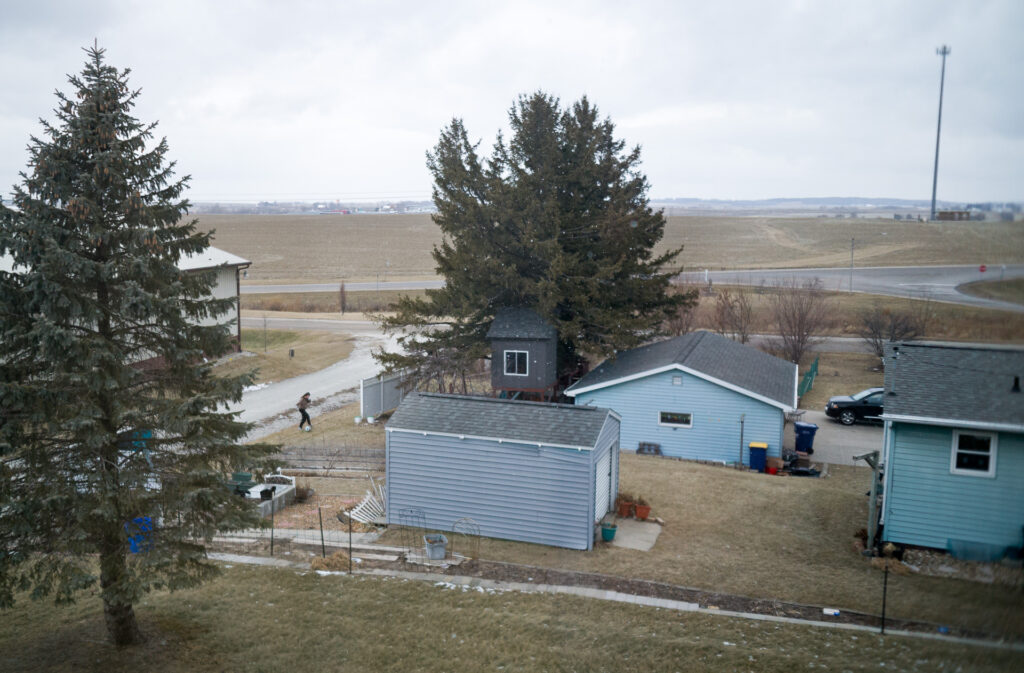
While at a work appointment in Urbana, Iowa I looked out the window and saw this girl doing soccer drills as the snow began to fall and quickly grabbed my camera to create this image through the window. Also while in Urbana, I stopped by their veterans memorial and the flags at half-staff for President Carter’s passing made it interesting to play with the 2.3’/.7m minimum focus distance and a wide open aperture.


Couple photographs from stop at Backbone State Park, Iowa, including the frozen lake above that can be clicked to open up large to see sharpness. I was happy with flare control inside the boat house below. Then warming up in a coffee shop in in Hiawatha, Iowa.
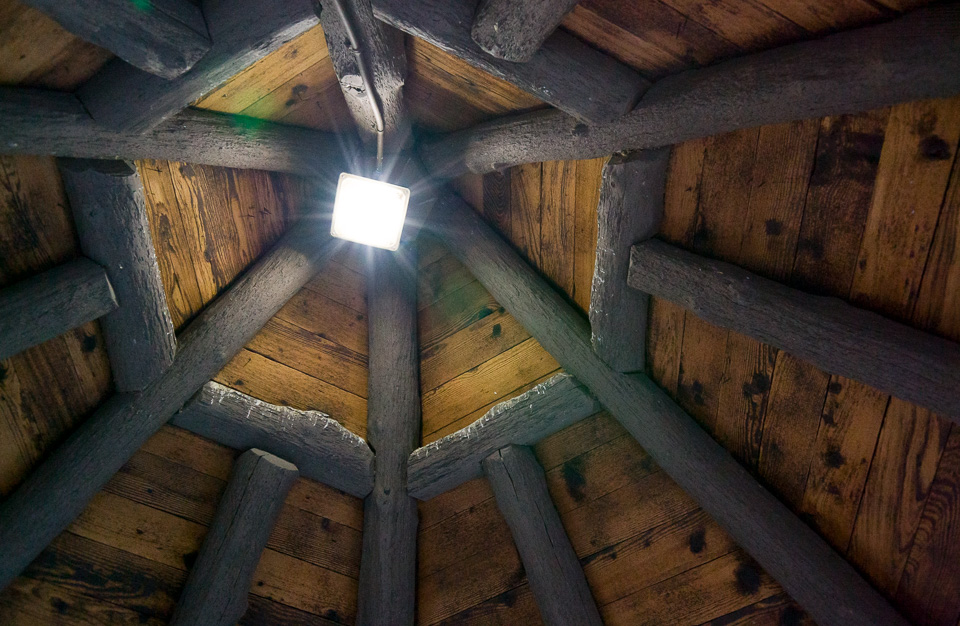

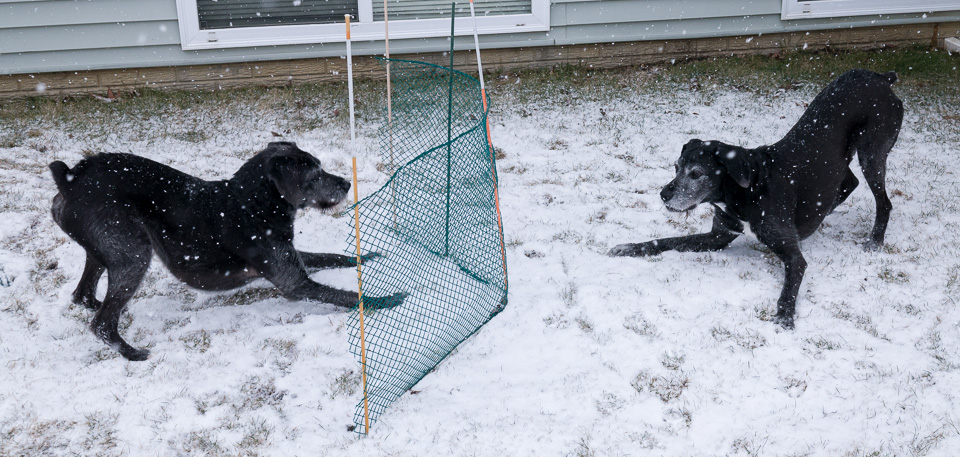
When photographing our rambunctious Boxerdoodle brothers playing in the falling snow, no finder blockage and zone focusing at f/8 worked well. Due to essentially no barrel sticking out you have to turn the lens towards you to see the aperture scale when changing it, and that scale is at about four o’clock. The focus scale in feet is at the bottom and meters is at the top. Not as quick as the usual glance down at the lens over the top of the camera, but I found it more of a quirk than an issue. However, the DOF scale is only on the meters side, so I had to glance back and forth which was a bit annoying. But at least it has a DOF scale in feet, unlike the MS-Optics pancake lenses it seems to be inspired by.

While photographing the reception line for a brother and sister celebrating their 97th and 99th birthdays, respectively, greeting an 101-year old after church I appreciated the extra depth of field I had with the 28mm, as opposed to a 35mm. I focused on her brooch and it kept everyone in focus. Yet, I did not get the distortion I would have with the 24mm that I would grab before having a 28mm again.
Overall, the Brightin Star 28mm f/2.8 has been a fun lens to use. And on one hand the 28mm focal length is versatile, the extra DOF very useful, but I found myself often cropping down a good bit and at times was wondering if a 35mm would be better. The way side areas come back into focus due to the field curvature is one other area that gives me pause. However, the lens is so small it is easy to just keep it around all the time so can pull it out when needing more DOF. And so small and non-threating looking it makes it easy to keep the camera around more. Will have to see if it stays in my bag in the end.
Share this post:
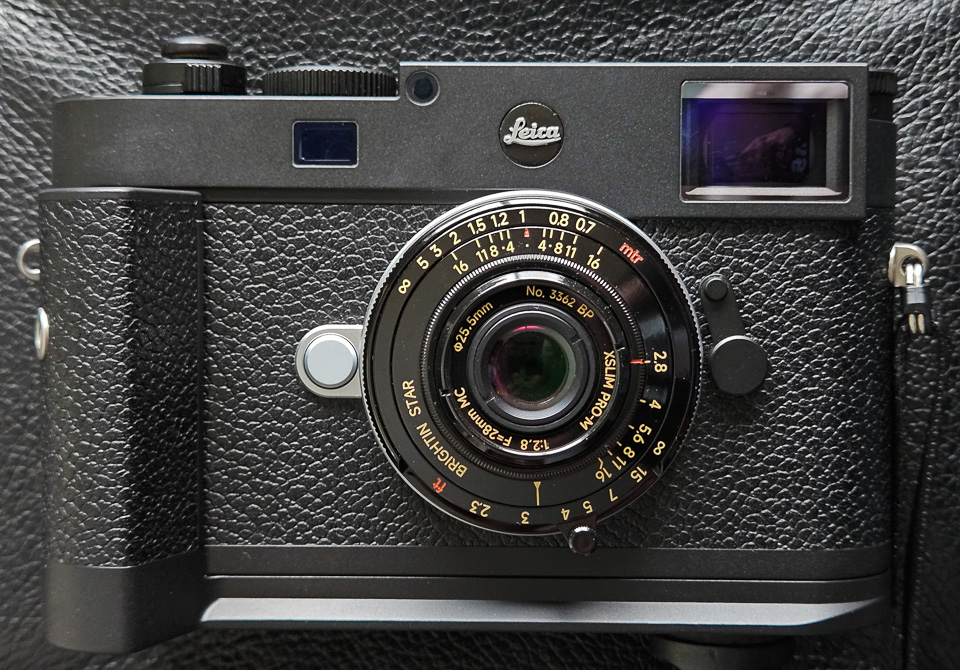
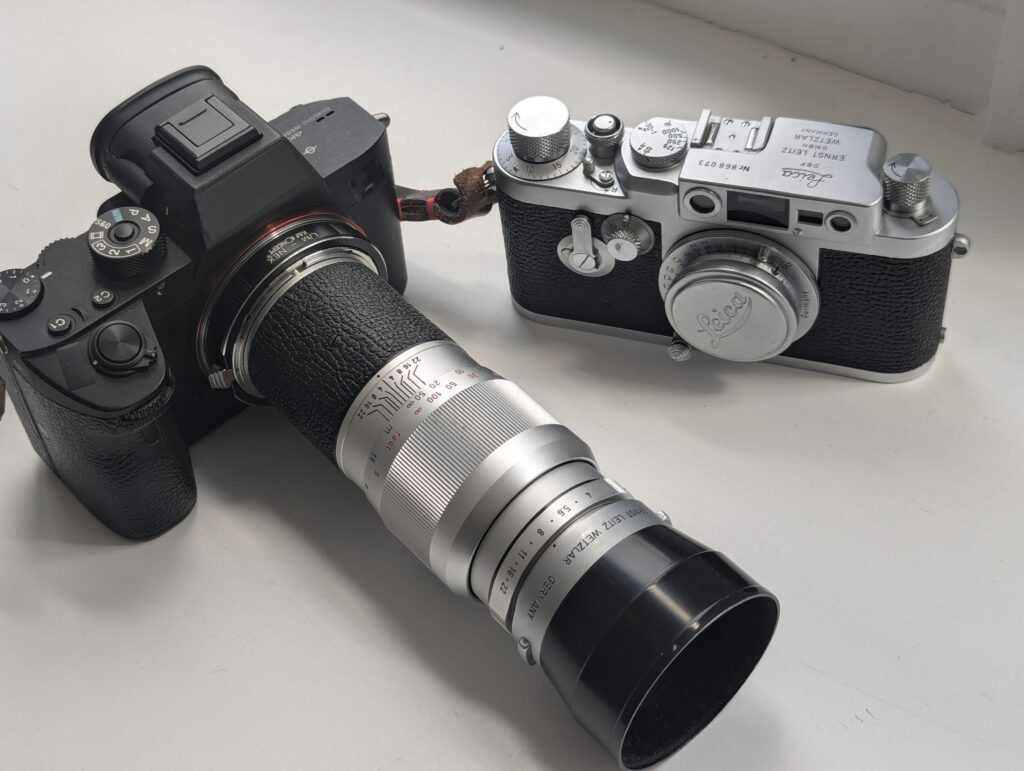
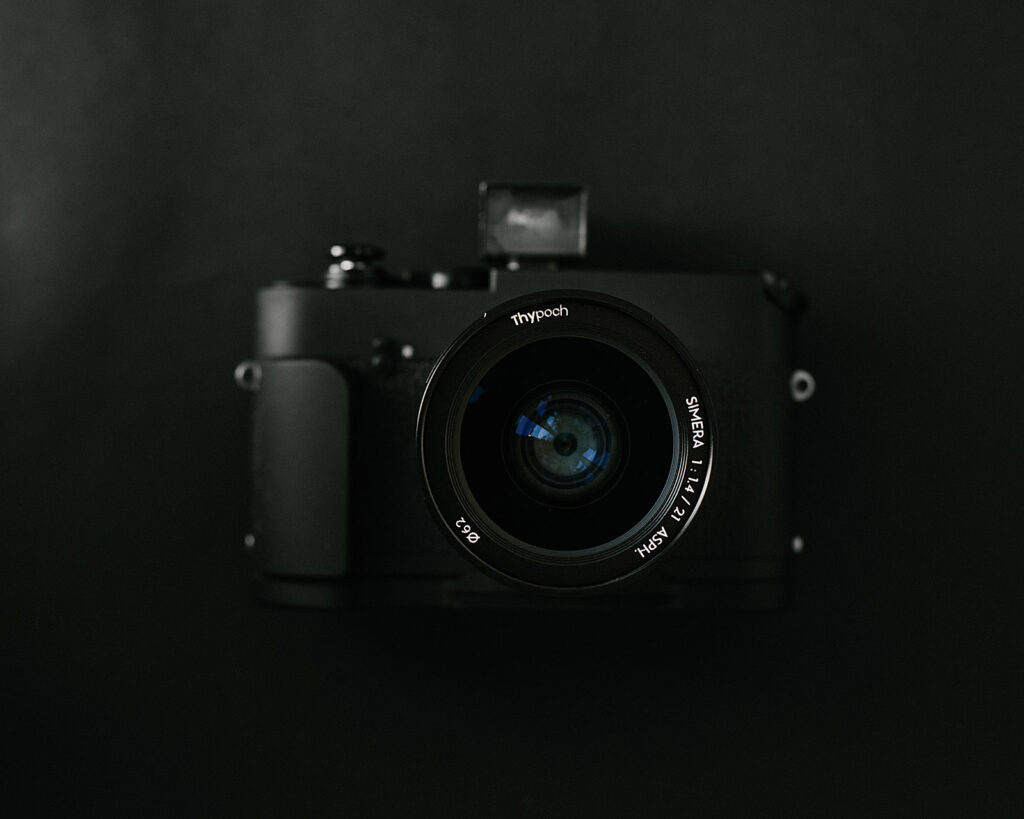
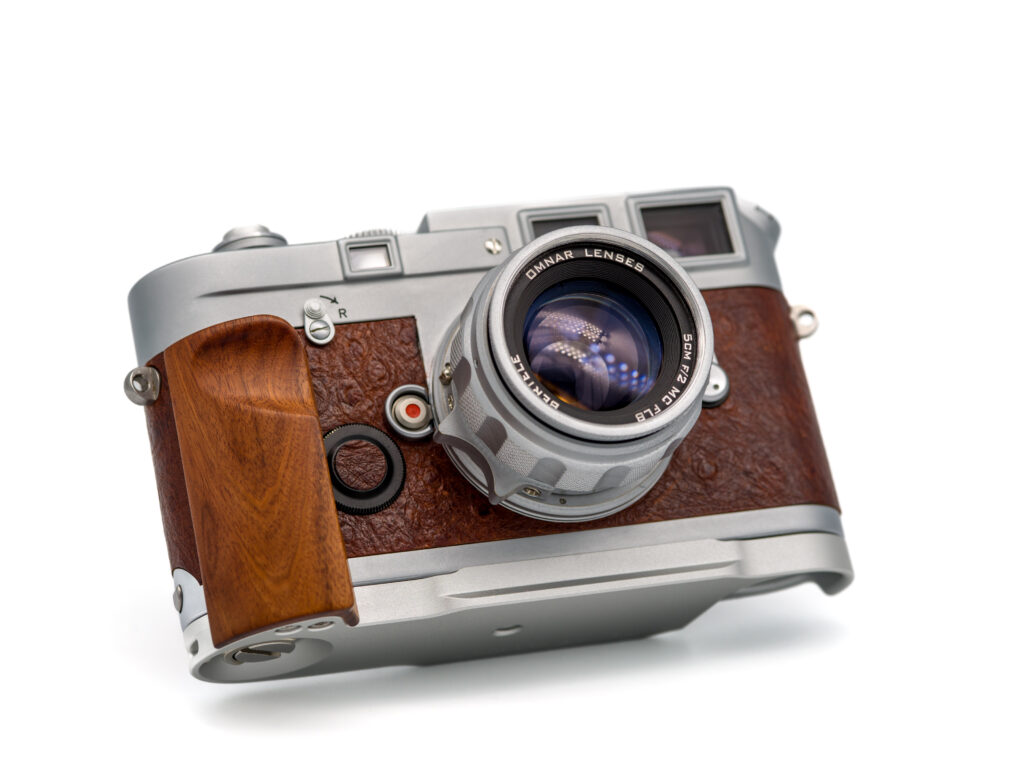
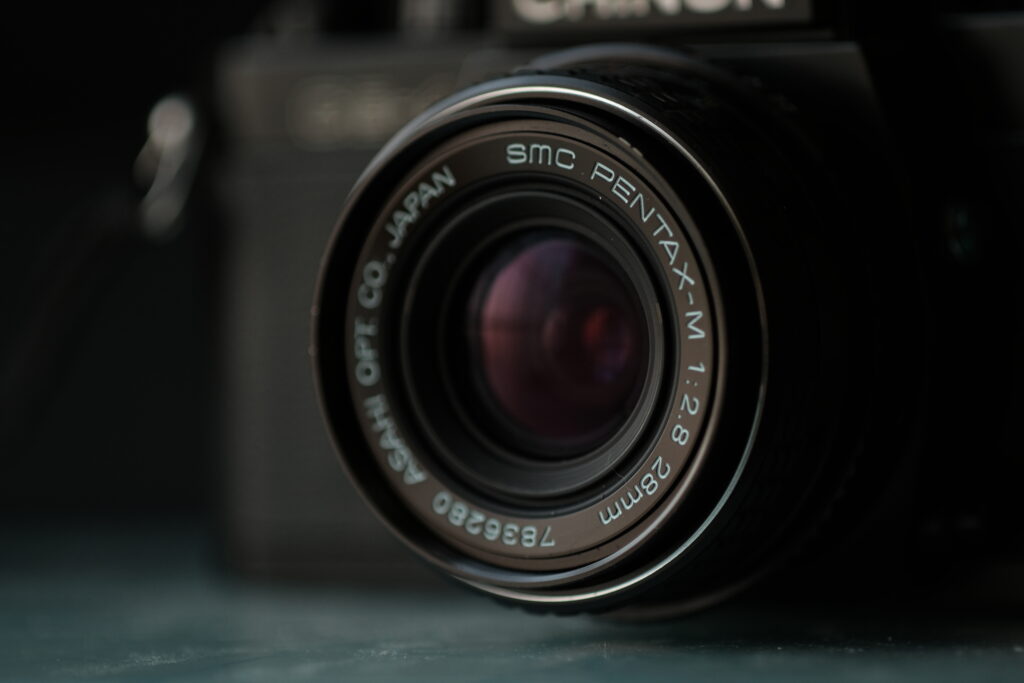
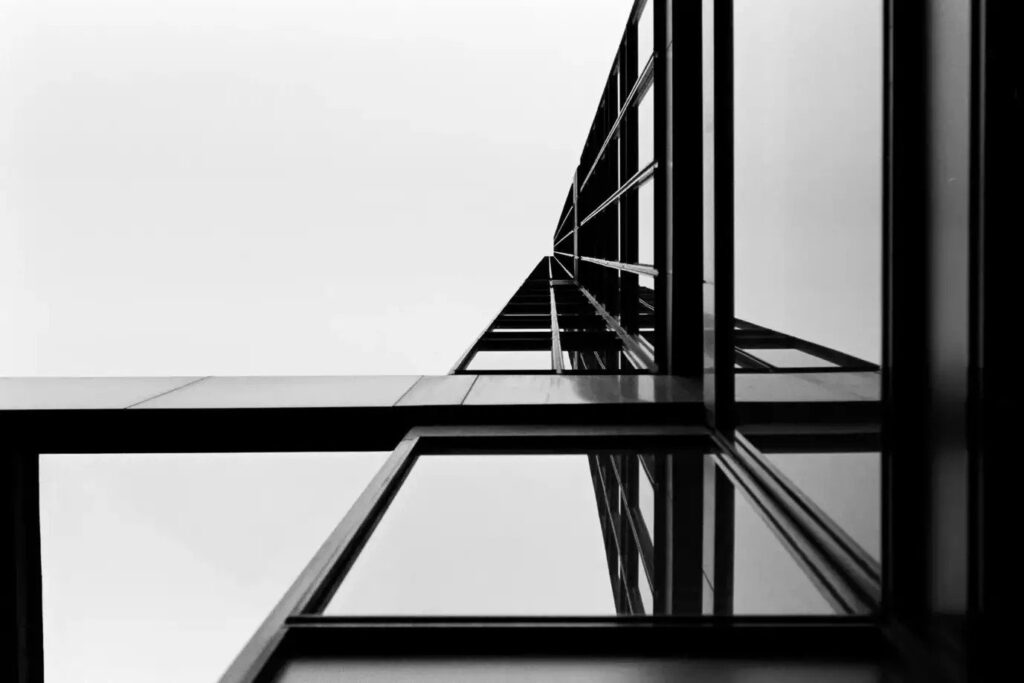
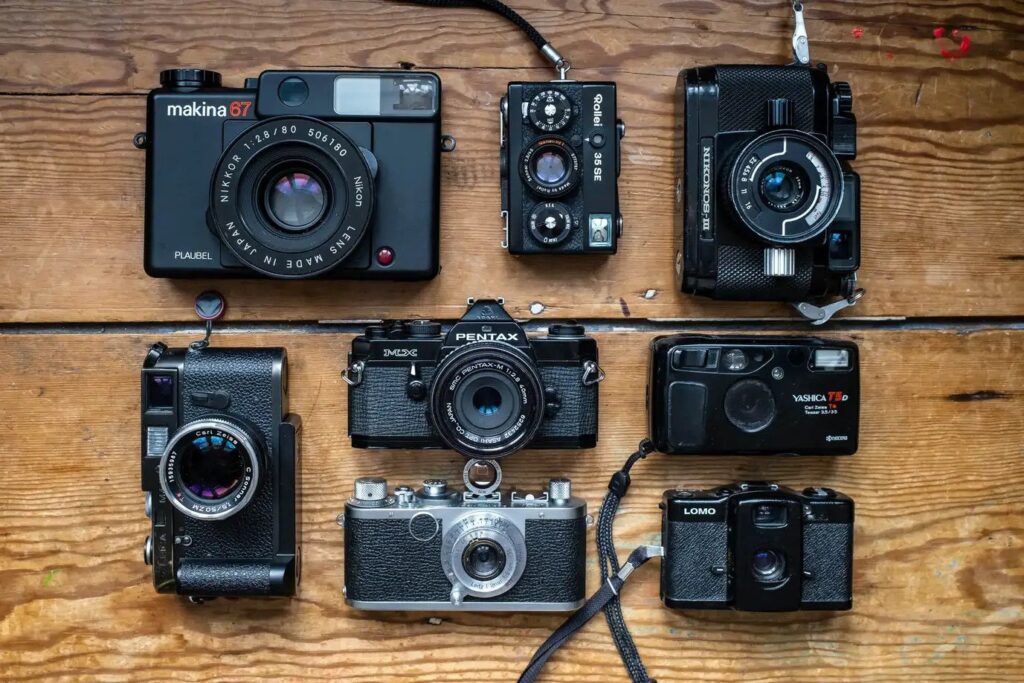
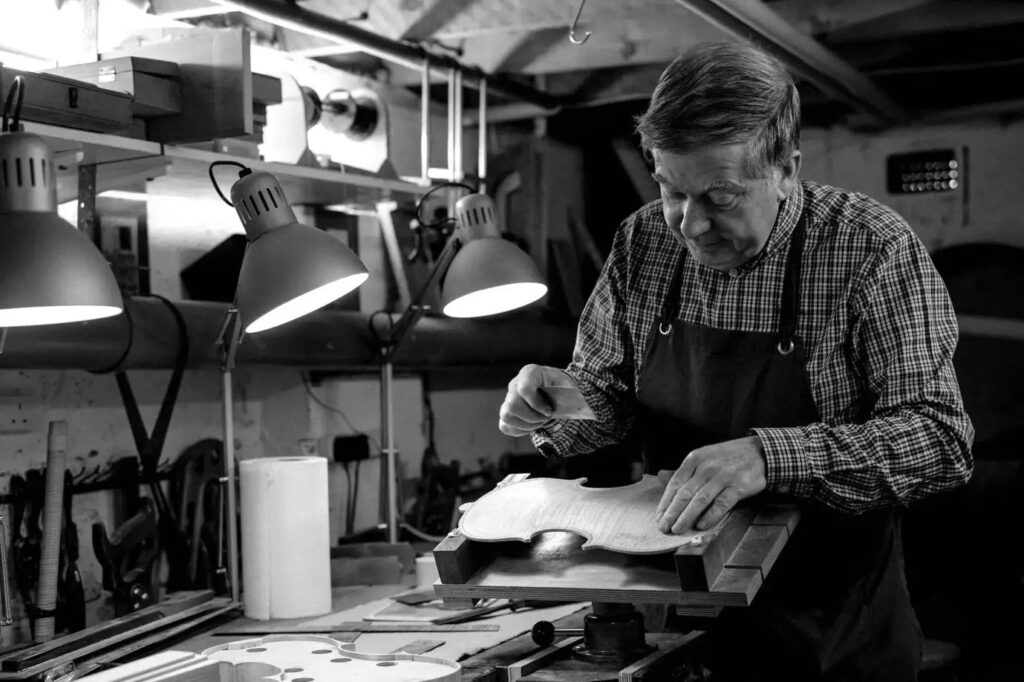
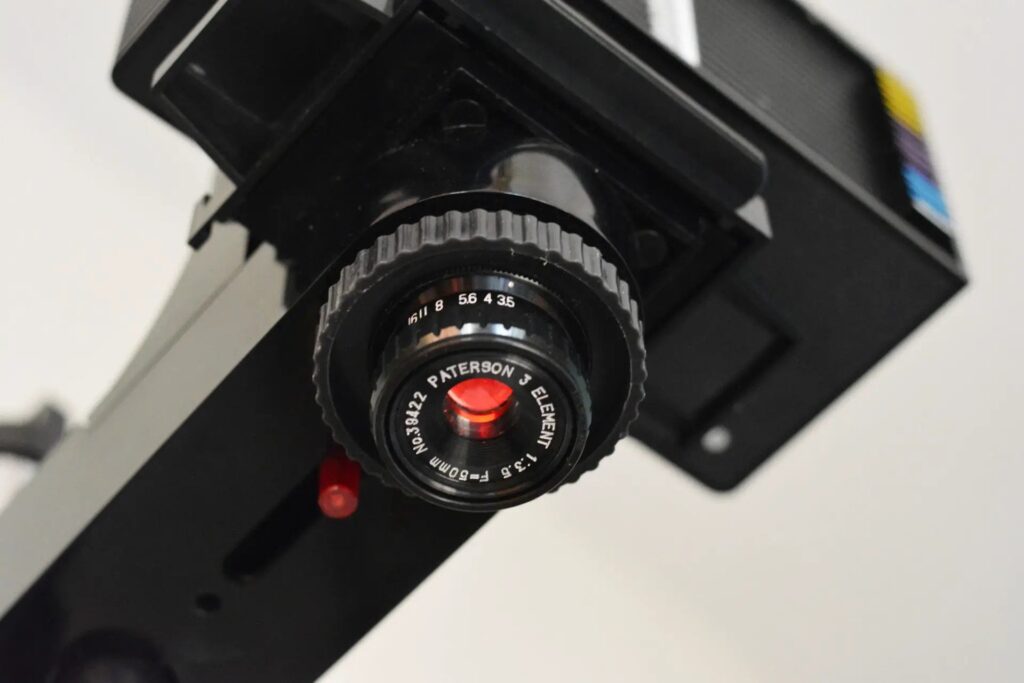
Comments
Calum Davey on Brightin Star 28mm f/2.8 XSlim Pro-M Review on a Leica M11
Comment posted: 03/03/2025
Comment posted: 03/03/2025
Gary Smith on Brightin Star 28mm f/2.8 XSlim Pro-M Review on a Leica M11
Comment posted: 03/03/2025
Thanks for your article!
Comment posted: 03/03/2025
Dan Mountin on Brightin Star 28mm f/2.8 XSlim Pro-M Review on a Leica M11
Comment posted: 04/03/2025
I found that mounting a Skylight filter allowed setting the aperture to be easier. Resting your finger against that slight extension of the filter on the front allows you to turn the aperture ring more easily. About the only criticism I have had with the lens.
Comment posted: 04/03/2025
David on Brightin Star 28mm f/2.8 XSlim Pro-M Review on a Leica M11
Comment posted: 21/06/2025
I know this is a film site, and I'm here seeing how it might perform on a Leica CL(film) one of my local shops has for a decent price, sorry if my comments are intruding, but I am very much on the small digital to film journey described at the beginning of the article.
Comment posted: 21/06/2025